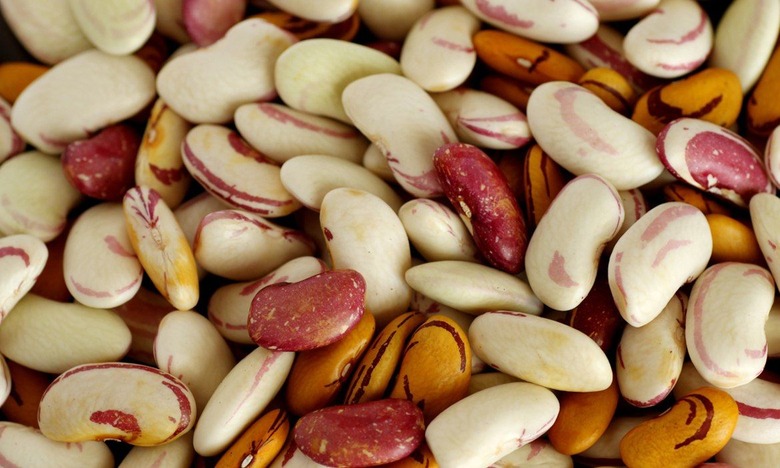The Pulse On Pulses: Why You Should Be Eating Beans And Lentils
Healthy eating trends come and go. For instance, 2013 was declared the "International Year of the Quinoa" by the United Nations Food and Agriculture Organization. Yes, people still eat quinoa, but it's become much more common on menus across the United States and less trendy, working its way into our vernacular to such a point that now most people can (finally) correctly pronounce its name. With that being said, this year has been named the "International Year of Pulses" by the 68th United Nations General Assembly.
For fresh, interesting ingredients and innovative recipes delivered to your door, try Plated. Click here for two free meals on your first Plated night.
Pulses are members of the Fabaceae, or legume, family. (Fabaceae is derived from the Latin word "faba" meaning bean.) Legumes are plentiful, ranking third among land plants in number of species. They are characterized by the way that they grow beans (their fruit) enclosed in pods.
Pulses, a unique subset within the legume family, are the dried seed of a legume. From chickpeas to lentils to dried peas, you've probably seen pulses at salad bars before. While they are related to fresh peas, beans, peanuts, and soybeans, pulses differ in a few ways. When compared to soybeans and peanuts, pulses have a much lower fat content, but that's not the only thing that makes pulses something to keep on your food radar this year. Click ahead to see more reasons why you should consider incorporating pulses into your diet not only this year, but permanently.
Don't miss out on two free meals on your first Plated night. Click here to make cooking fun again.
